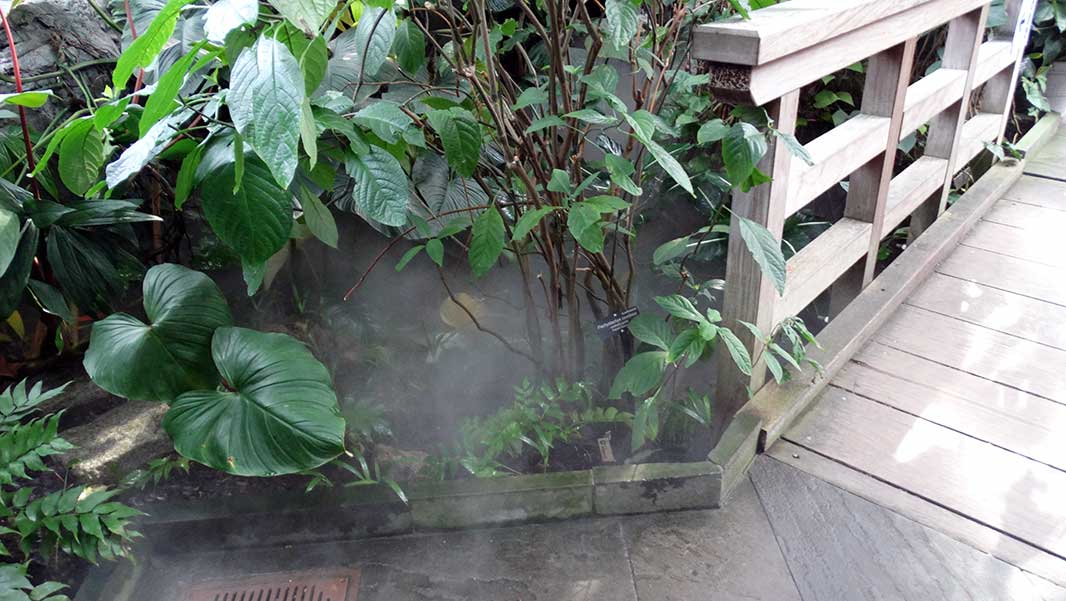S. L. Kandel, N. Herschberger, S.H. Kim, and S. L. Doty*
School of Environmental and Forest Sciences, College of the Environment, Univ. of Washington, Seattle, WA 98195-2100. Received 20 Aug. 2014. Accepted 16 Mar. 2015. *Corresponding author (sldoty@uw.edu).
Abbreviations:
- BNF, biological N fiation;
- GFP, green florescent protein;
- IAA, indole-3-acetic acid;
- MG/L, Mannitol Glutamate/Luria;
MS, Murashige–Skoog; - NL-CCM, N-limited combined C medium.
ABSTRACT
rice (Oryza sativa L.) is one of the most important staple food crops. Its cultivation requires a relatively high input of N fertilizers; however, rice plants do not absorb a signifiant proportion of added fertilizers, resulting in soil and water pollution. The use of diazotrophic (N-fiing) endophytes can provide benefis for rice cultivation by reducing the demand of N fertilizers. Diazotrophic endophytes from the early successional plant species poplar (Populus trichocarpa Torr. & A. Gray) and willow (Salix sitchensis C. A. Sanson ex Bong.) were added to rice seedlings.
Inoculated rice plants were grown in N-limited conditions in the greenhouse, and plant physical characteristics were assessed. Endophyte-inoculated rice plants had greater biomass, higher tiller numbers, and taller plant stature than mockinoculated controls. Endophyte populations were quantifid and visualized in planta within rice plants using florescent microscopy. The endophytes colonized rice plants effectively in both roots and foliage. These results demonstrated that diazotrophic endophytes of the eudicots poplar and willow can colonize rice plants and enhance plant growth in N-limited conditions.
